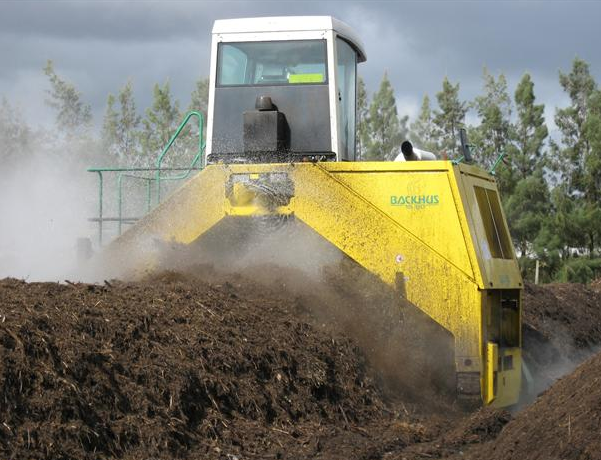We use it to drain excessive underground water from your property, sportfields or roads. So if your garden is waterlogged or there is damp deposits on your walls, it's time to install some sub-soil drains.
For years I did it the old conventional way:
- Dig a trench,
- Put bidim in the trench, of which the width is at least 2m,
- Install perforated pipe,
- Fill with 19mm stone and compact,
- Cover bidim over stone and level with existing soil.
Then one day, I got a Retaining Wall Installation in Hout Bay. Water was seeping out of the embankment like I've never seen before and I asked a geotech specialist for advise on drainage.
His advise was to use this new system, I'm going to share with you. It not only drains away water faster, but is also way cheaper than the conventional method.
The new method:
- Dig the trench,
- Rap a 500mm wide bidim sock around the 110mm pipe and install,
- Fill and compact with clean white filling or building sand,
- Level.
So where do you save?
- You need less bidim,
- Sand is 3 times cheaper than stone.
Other advantages is that it's easier to install and last longer.
After completion of the above mentioned retaining wall, it drained about 600 litres per hour.


.JPG)





.JPG)














.JPG)
.jpg)


